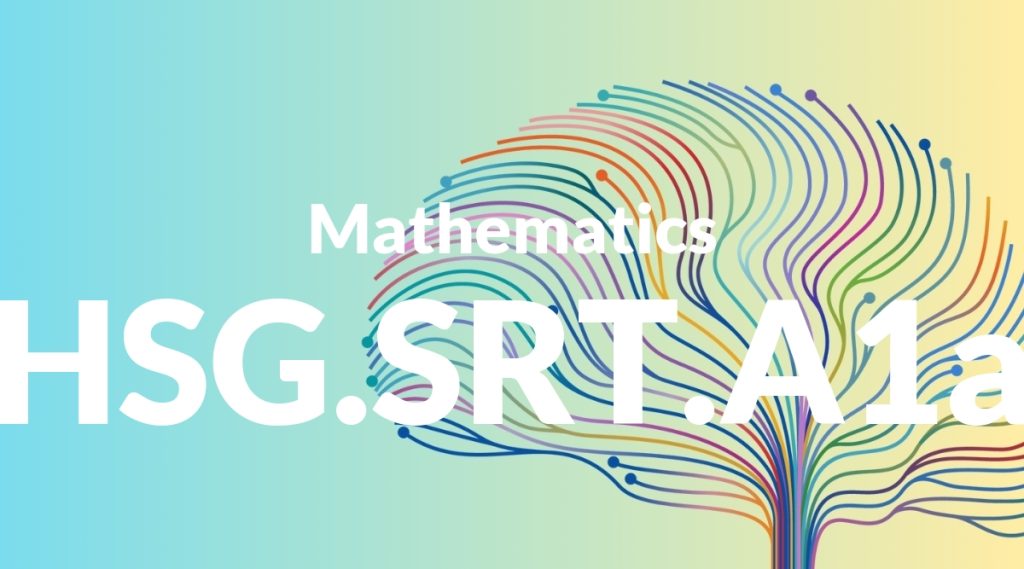Standard: HSG.SRT.A1a – A dilation takes a line not passing through the center of the dilation to a parallel line, and leaves a line passing through the center unchanged.
Grade level: High School: Geometry
Subject: Mathematics
Domain: Similarity, Right Triangles, & Trigonometry
Teacher Overview
This standard focuses on understanding the effects of dilations on lines and shapes. It is crucial for students to grasp this concept as it lays the foundation for more advanced topics in geometry and trigonometry, such as similarity and trigonometric ratios. Students should have a solid understanding of basic geometric principles, including lines, parallel lines, and the properties of shapes. Familiarity with graphing and coordinate geometry is also important.
Students will use their understanding of dilations to solve complex problems in trigonometry and geometry, and apply trigonometric ratios in real-world scenarios.
Common Misconception 1
A common misconception is that dilations change the orientation of lines. This is incorrect because a dilation only changes the size and position, not the orientation.
Intervention 1
To address this misconception, use graphing tools and visual aids to show that while the position or size of a line may change during a dilation, its orientation remains the same.
Common Misconception 2
Another misconception is that dilations affect the angles of geometric shapes. This is incorrect as dilations preserve angles.
Intervention 2
Interactive activities and examples can help students see that while the lengths of sides change proportionally, the angles remain unchanged during a dilation.
Prerequisite Knowledge
Students should understand the basic concepts of lines, parallel lines, and the properties of geometric shapes. They should also be familiar with the concept of a center of dilation and have basic skills in graphing and coordinate geometry.
Subsequent Knowledge
After mastering this standard, students will be able to apply their understanding of dilations to solve more complex problems in trigonometry and geometry, such as proving theorems involving similarity and congruence. They will also be able to use trigonometric ratios in real-world applications.
Instructional Activities
- Use graphing software to demonstrate dilations on a coordinate plane.
- Create hands-on activities with geometric shapes to explore the effects of dilations.
- Assign real-world projects, like scaling blueprints or maps, to apply the concept of dilations.
- Incorporate interactive simulations to visualize the preservation of angles during dilations.




